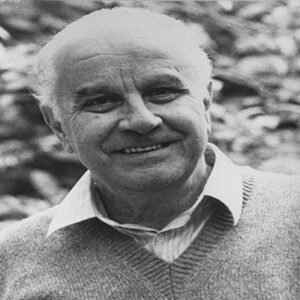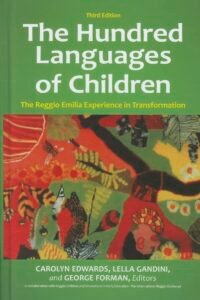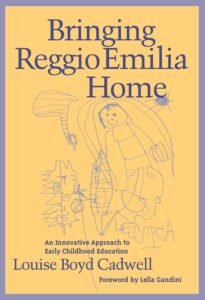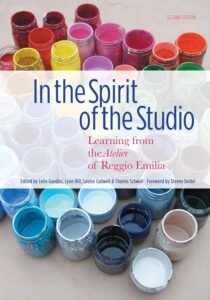
« Il bambino a cento lingue. »
“The child has a hundred languages.”
Loris Malaguzzi ( Reggio Emilia Approach)
Loris Malaguzzi – Reggio Emilia Approach
Biography:
Loris Malaguzzi (1920–1994) was an Italian educator and psychologist. After World War II, he helped establish the Reggio Emilia schools, a progressive educational approach that views children as capable, curious, and active participants in their own learning. The approach fosters creativity, collaboration, and communication through project-based exploration.
Key Book:
📘 The Hundred Languages of Children – This collaborative work, edited by Carolyn Edwards and inspired by Malaguzzi’s philosophy, captures the essence of the Reggio Emilia approach through theory, practice, and real examples from classrooms.
Disclosure: As an Amazon Associate, we earn from qualifying purchases.
The Reggio Emilia Approach
The Reggio Emilia approach, originating in Italy post-WWII, views children as capable, curious, and full of potential. Learning is project-based and emerges from the children’s interests. Teachers act as co-learners, and strong focus is placed on the physical environment and documentation.
Core Principles:
Child-led, project-based learning
Teachers as co-learners and researchers
The environment as the « third teacher »
Emphasis on self-expression through many « languages » (art, movement, etc.)
Strong parent-teacher collaboration
More Books About
- Bringing Reggio Emilia Home – Louise Boyd Cadwell
→ Applying the Reggio approach at school or at home.

Disclosure: As an Amazon Associate, we earn from qualifying purchases.
- In the Spirit of the Studio – Lella Gandini, Lynn Hill
→ A deep dive into learning environments inspired by Reggio.
Disclosure: As an Amazon Associate, we earn from qualifying purchases.



